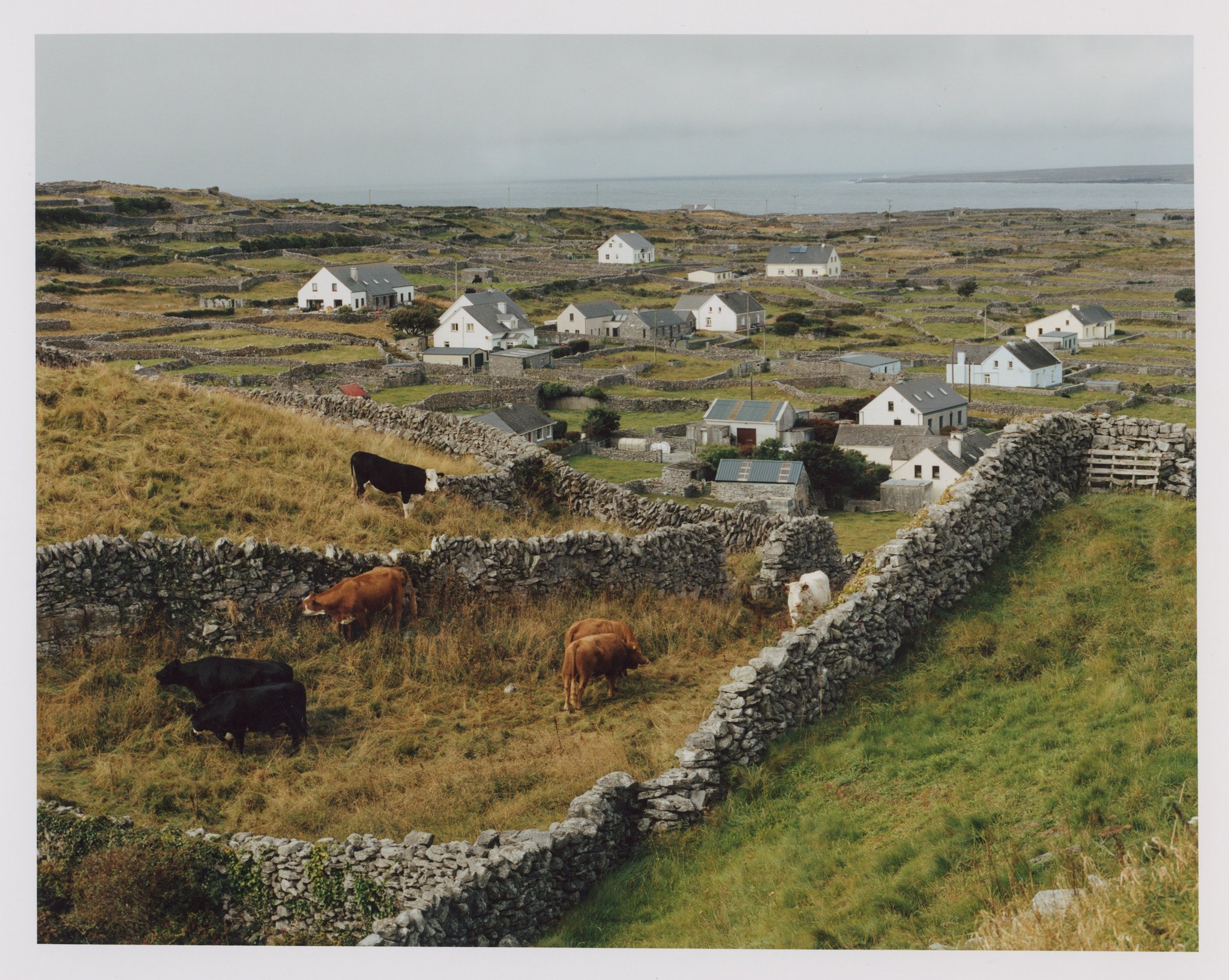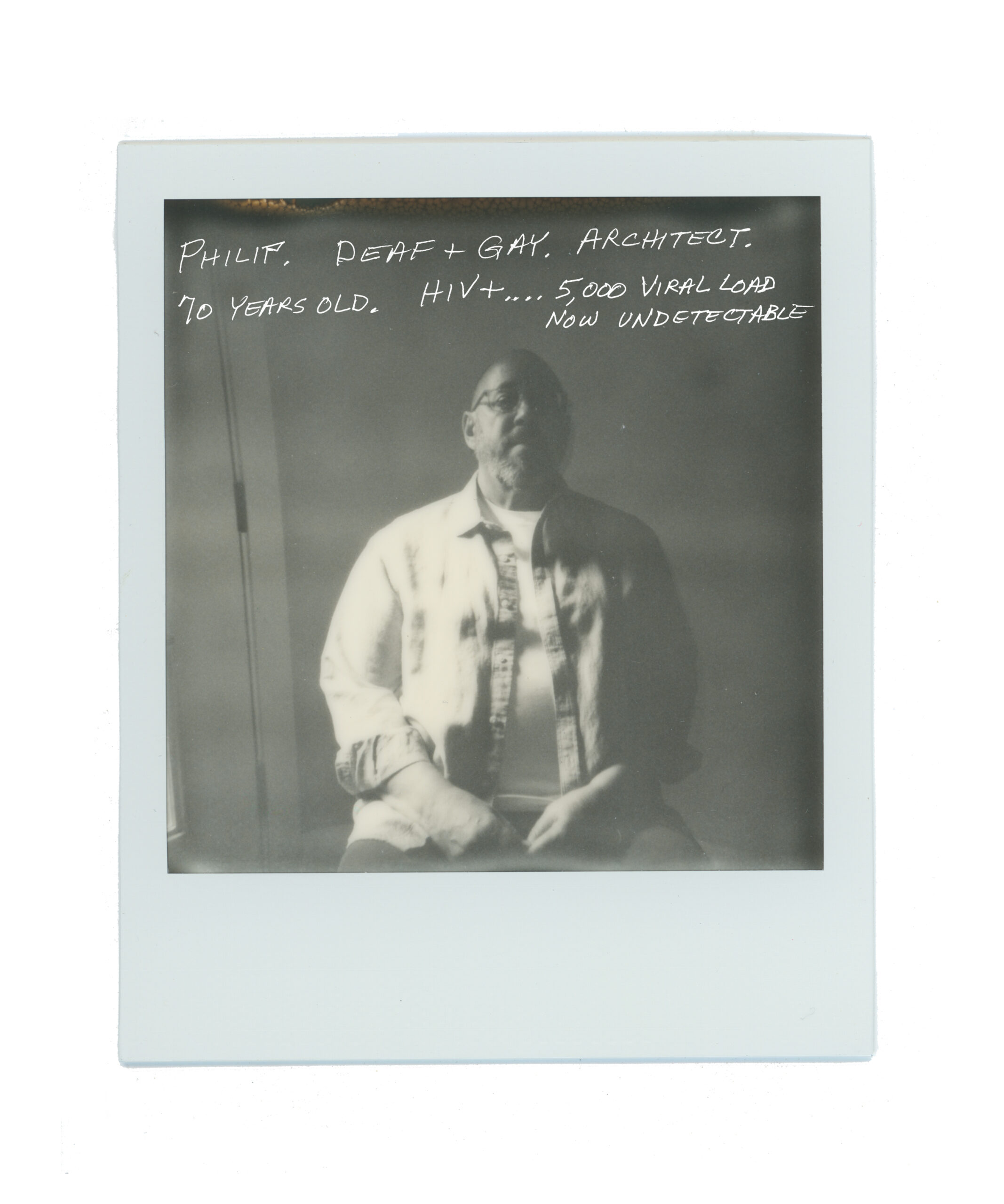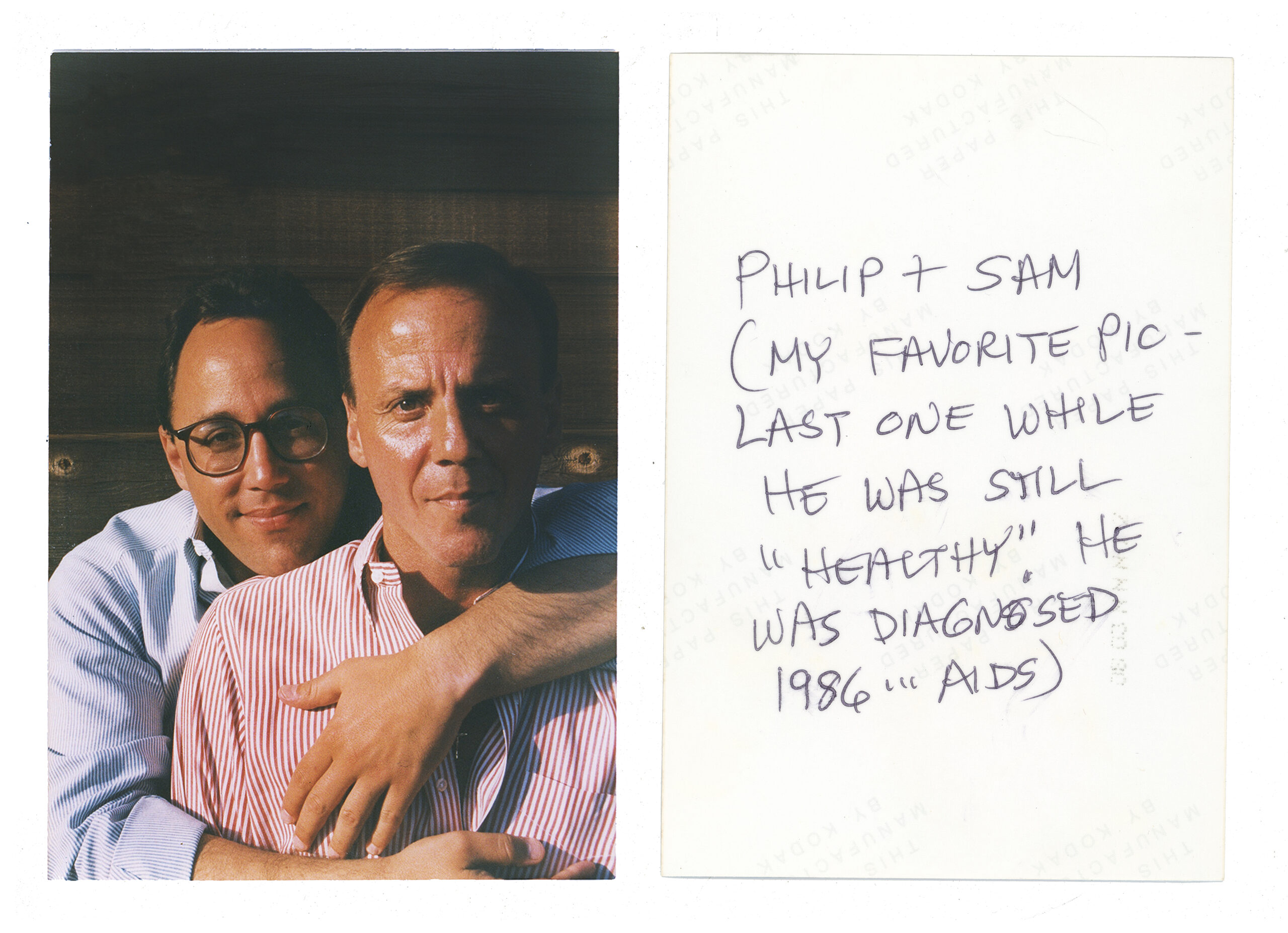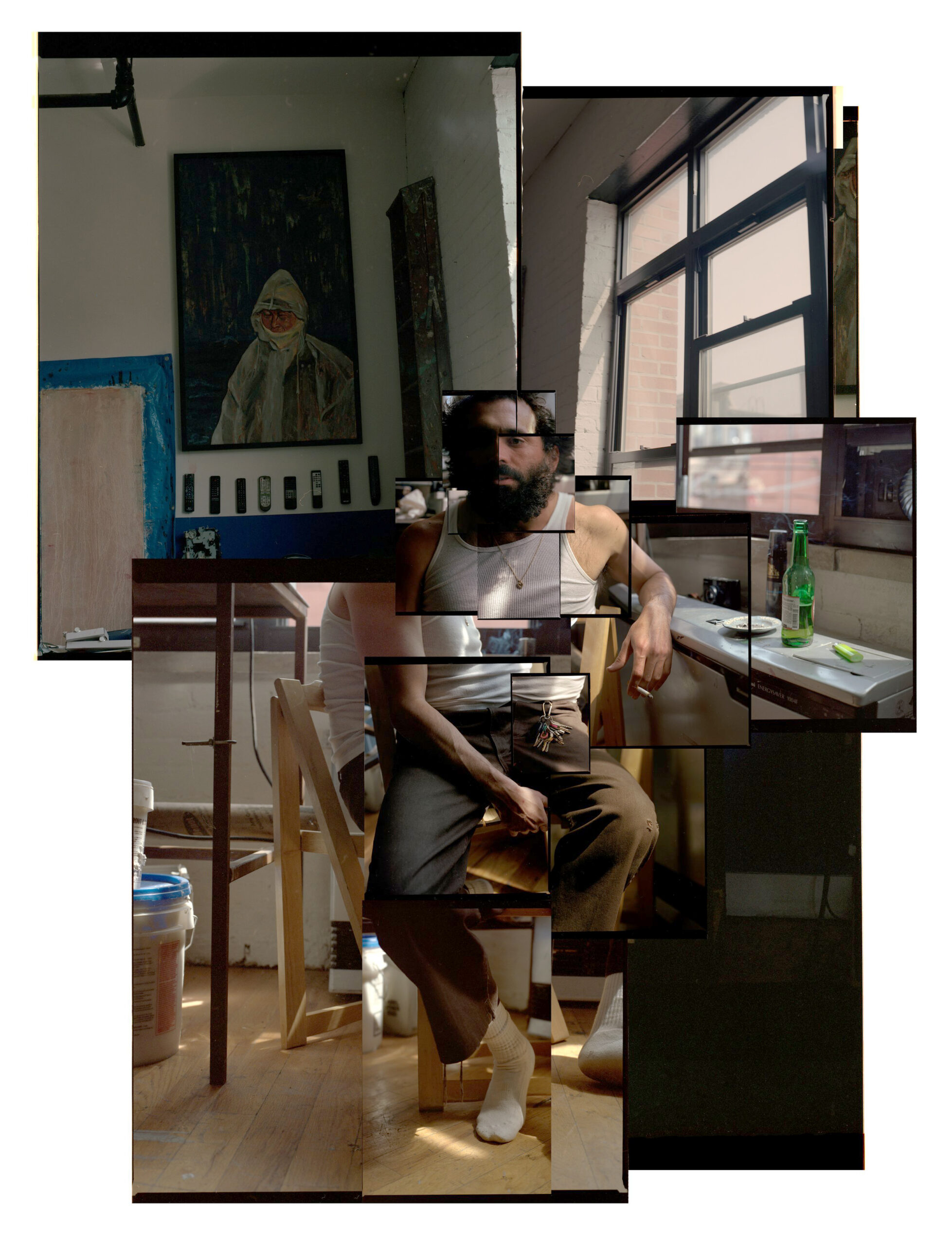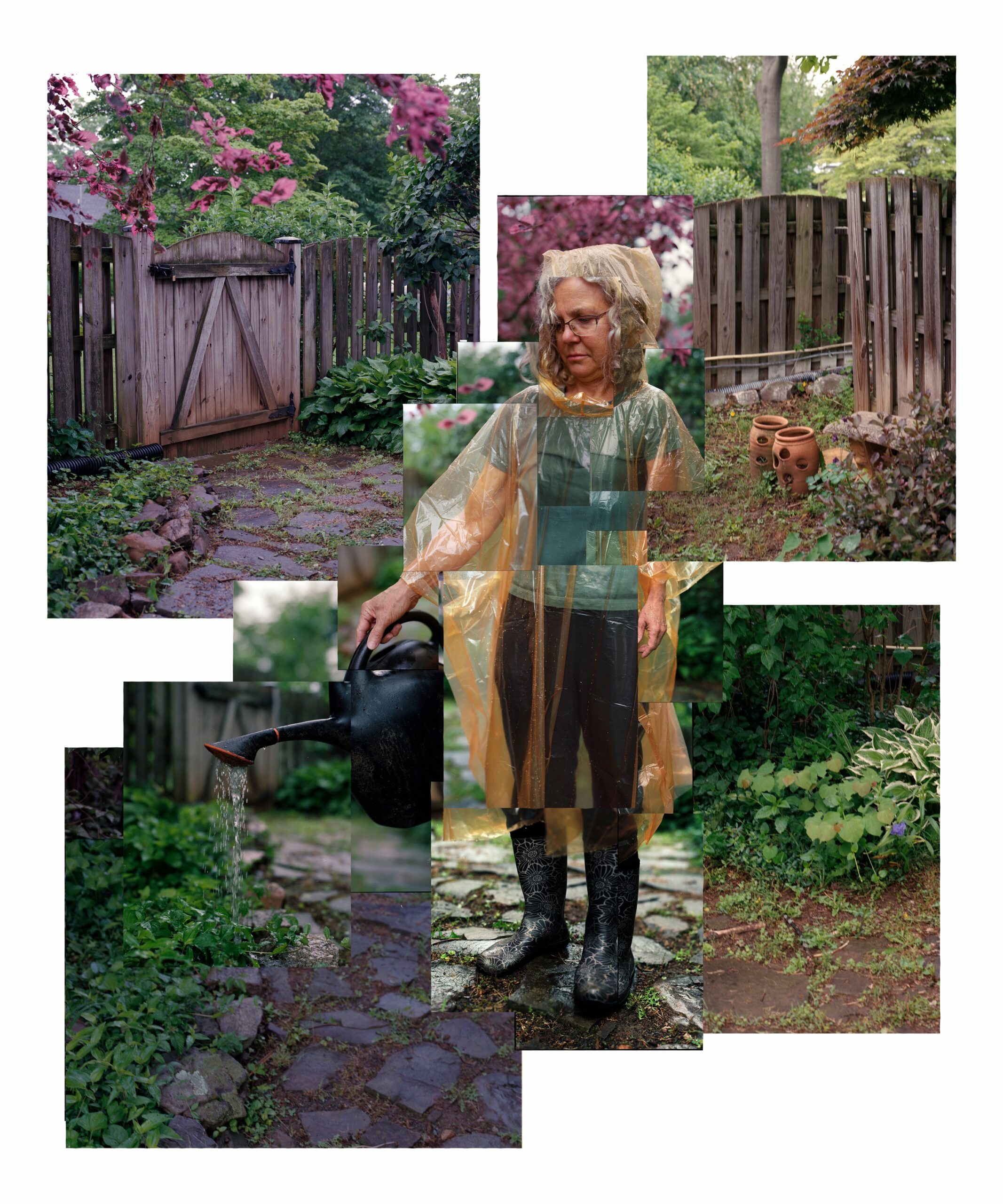Chad Unger
Chad Unger (b. 1993) is a Deaf-Gay artist originally from Maryland, currently based in Los Angeles. Growing up with a deaf family, actively involved with the deaf community, and primarily communicating through American Sign Language, Chad’s experiences shaped him into an observer with a deep appreciation of stories with strong visual elements. Chad started his career by merging his passion for capturing stories and snowboarding in Utah. His low-key athleticism matches his photographic style, curious, and intentional. We connected for a ride in Ojai, and within minutes he disappeared up the road, floating on the pedals. Once I caught up to him he was taking in both the moment and the vista.
You moved from New York to LA, how has that influenced your creative process? You mentioned NY having a different pace, how are you finding the pace in LA?
Moving from New York to Los Angeles has significantly influenced my creative process. Living in New York, where I primarily worked as a photo assistant or production assistant, I felt a lack of community and struggled with the fast-paced environment. However, since relocating to Los Angeles and discovering the deaf gay community, my personal growth and creative process have flourished. The pace in LA is undoubtedly much slower, which has been a positive change. This slower pace allows me to sit with my thoughts, fostering a more effortless creative environment.
Yes, the energy of NYC, with its rapid pace and limited access to the outdoors, did make it challenging to balance. The quick pace of the city affected my ability to connect with nature, which I later realized was crucial for me. After moving to LA, I’ve noticed a significant improvement in the creativity of my work. The change in environment allowed me to strike a better balance and bring a new, more relaxed energy to my creative process.
My love for nature, snowboarding, and now bike riding has influenced my work. Being active in the outdoors allows me to process ideas and thoughts seamlessly. The experiences gained through snowboarding and bike riding contribute to my creative process. Moreover, as someone who manages a good amount of anxiety, immersing myself in nature, whether through snowboarding or bike riding, serves as a therapeutic outlet, impacting my overall well-being and, consequently, enhancing the quality of my work.
I make an effort to browse through the work of other photographers, drawing inspiration from different styles and techniques. This helps me have diverse approaches to portrait photography. Also, I spend time doing many test shoots where I try different lighting, poses, and compositions. This helps me improve my skills and figure out what works best for me.
Tell me about 20,310 feet: why was this trip important to you and your sister?
The 20,310 trip, climbing Denali with my sister was really important for us. It wasn’t just about reaching a high place; it showed how determined and close we are as siblings. Climbing at high altitudes was tough, needing both physical strength and mental toughness due to unpredictable weather conditions, complex terrain, and the slow, deliberate pace. This experience taught me the value of patience, not just in climbing but also in life. It also helped my sister start her career as a mountaineer. The climb inspired her to follow her passion, and I am a proud brother.


What projects are you working on now?
I’m currently working on a project with Deaf LGBT+ elders who lived through the AIDS crisis. I have been listening to and capturing their stories. I aim to inspire both the Deaf and Queer communities, encouraging them not only to appreciate the wisdom of these elders but also the communities that they forged to sustain hope for future generations.
The need for “slow art” and embracing patience comes alive in your use of film and your latest zine, Fire Barked at Eternity. What was the creative intent? You weave in and out of urban and abstract quiet respites in nature.
I had no specific goal or intention behind ‘Fire Barked at Eternity.’ It was simply a reflection of what I observed during my travels in Morocco. As you can see, it’s evident how I move back and forth between outdoor and city settings even in my travels.


